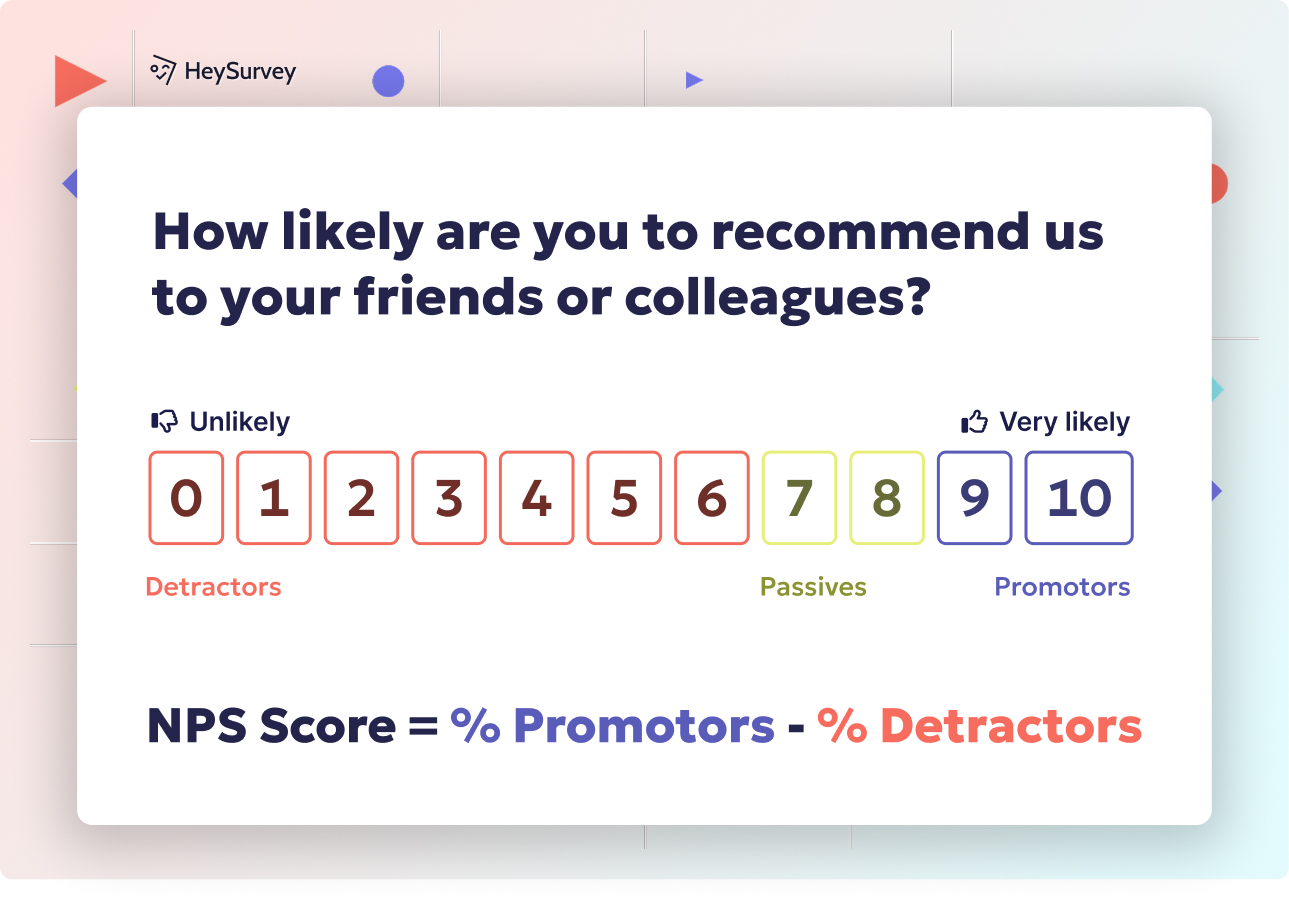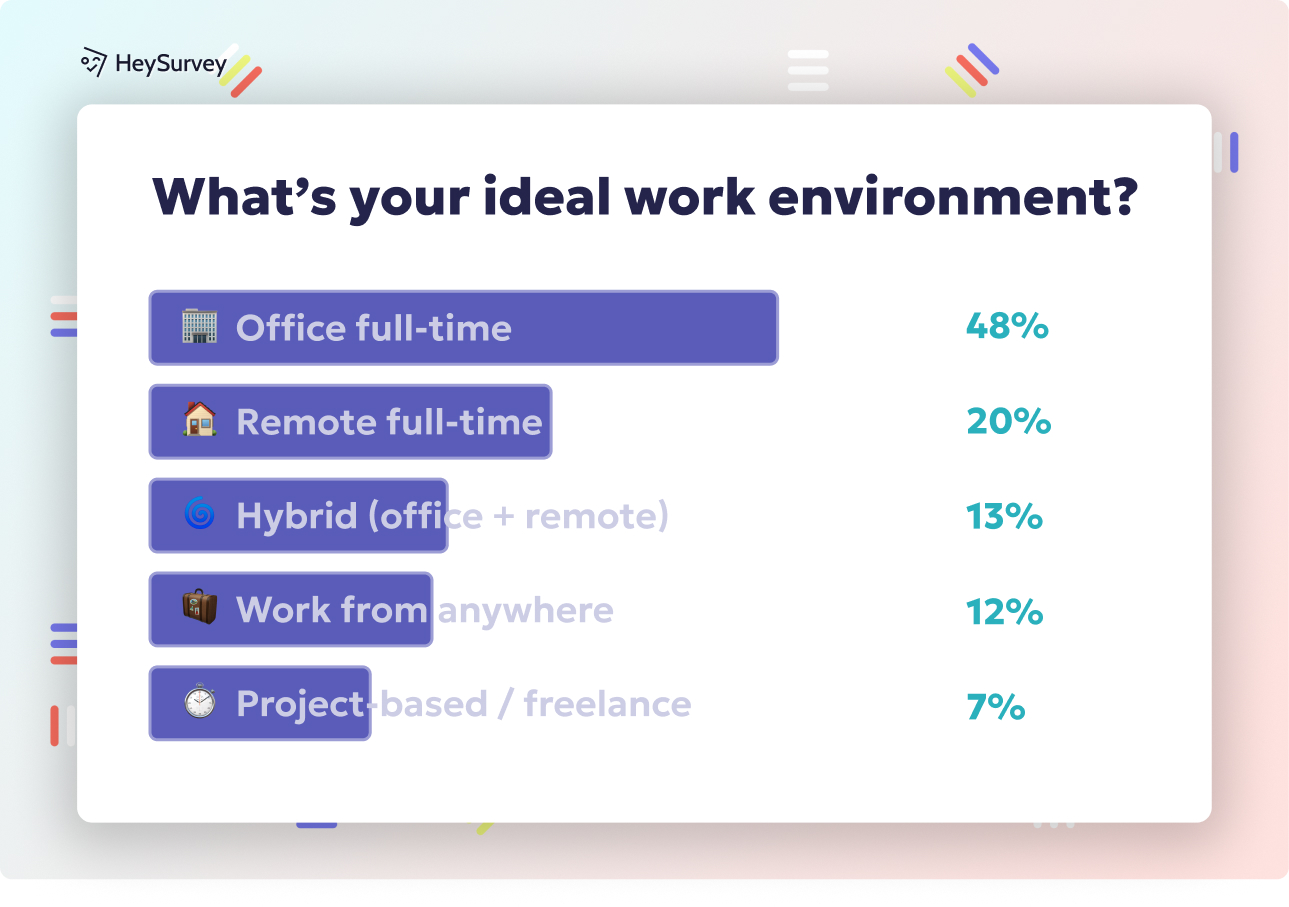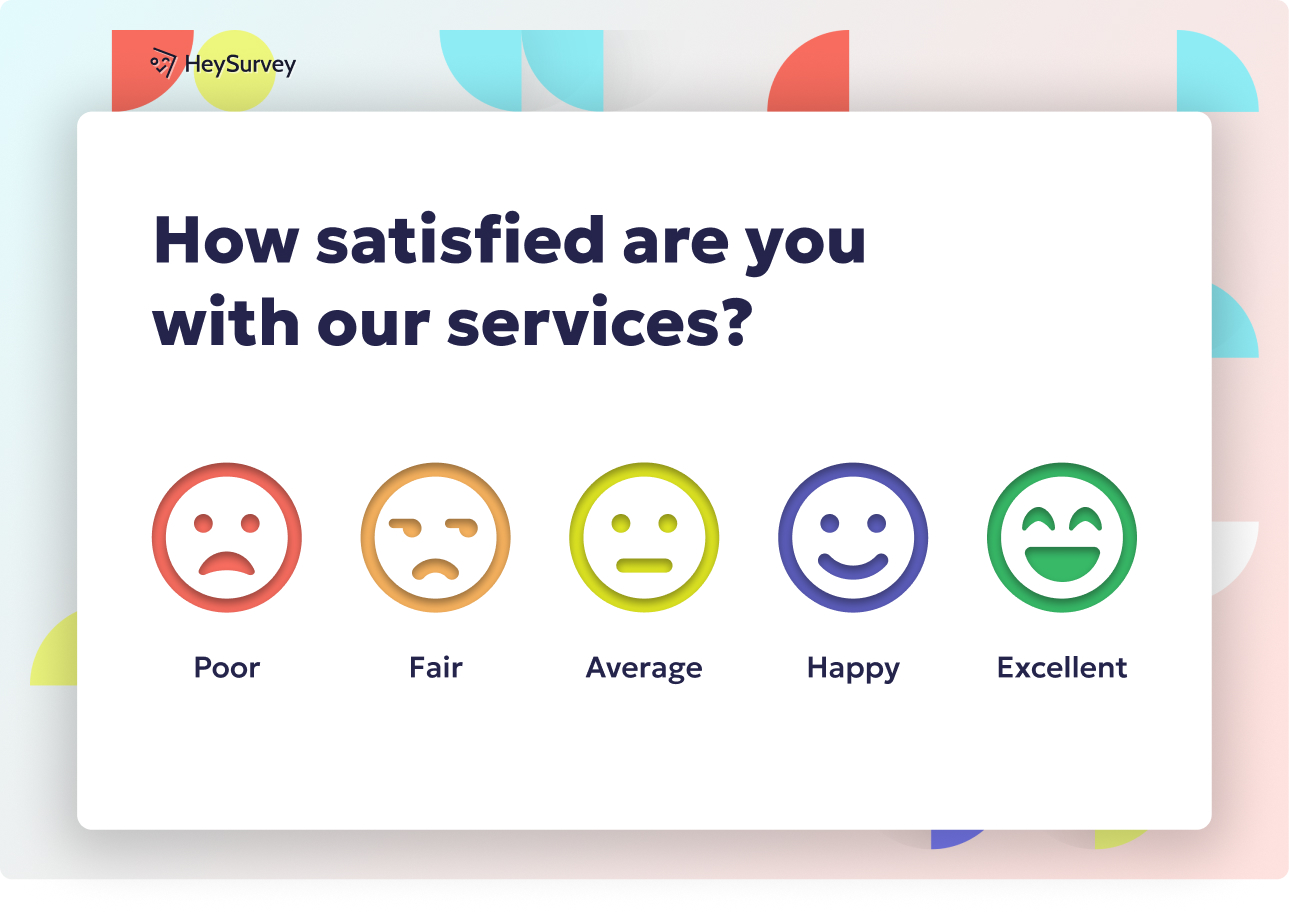31 Change Readiness Survey Questions to Boost Your Success
Discover 25+ sample change readiness survey questions to assess attitudes, barriers, and confidence across 8 essential question types.
Change readiness surveys are the unsung heroes of every successful change initiative. Understanding change readiness means gauging an organisation’s attitude, preparedness, and capacity to embrace transformation. When well-crafted, targeted questions dig deep into what drives or stops people from getting on board—whether you’re just starting, knee-deep in change, or reflecting on results. Mixing up the eight essential question types below doesn’t just add variety—it gives you a richer, sharper lens on what will help or hinder your change efforts.
Likert-Scale Agreement Questions
Why & When to Use
Likert-scale agreement questions help quantify how people feel in a way that’s easy to track and understand. These questions are statements like, "I am confident the new tools will work well," and employees simply rate their agreement on a consistent scale—most commonly 1 to 5, or 1 to 7.
Choose this format when you need to: - Track sentiment trends over time. - Identify shifts in confidence or skepticism across teams. - Show leaders tangible stats about readiness (“70% agree with the vision!”). - Benchmark before, during, and after a change.
This method is also perfect for capturing sentiment without making it awkward. Numbers feel safe, and people are often more honest when just clicking a bubble than if they need to write an essay.
5+ Sample Questions
- I understand why this change is necessary.
- I feel informed about how the change will impact my work.
- I believe leadership supports this initiative.
- I have the resources I need to adapt to this change.
- I feel confident I can learn the new systems or procedures.
- Communication about the change has been clear and timely.
With Likert-scale agreement questions, you get high response rates and simple, slice-and-dice insights. Just be sure to space them out—nobody loves clicking through 50 of these in a row!
Research indicates that Likert-scale agreement questions, when clearly worded and concise, effectively capture respondents' attitudes and opinions, enhancing the reliability and validity of change readiness surveys. (mdpi.com)
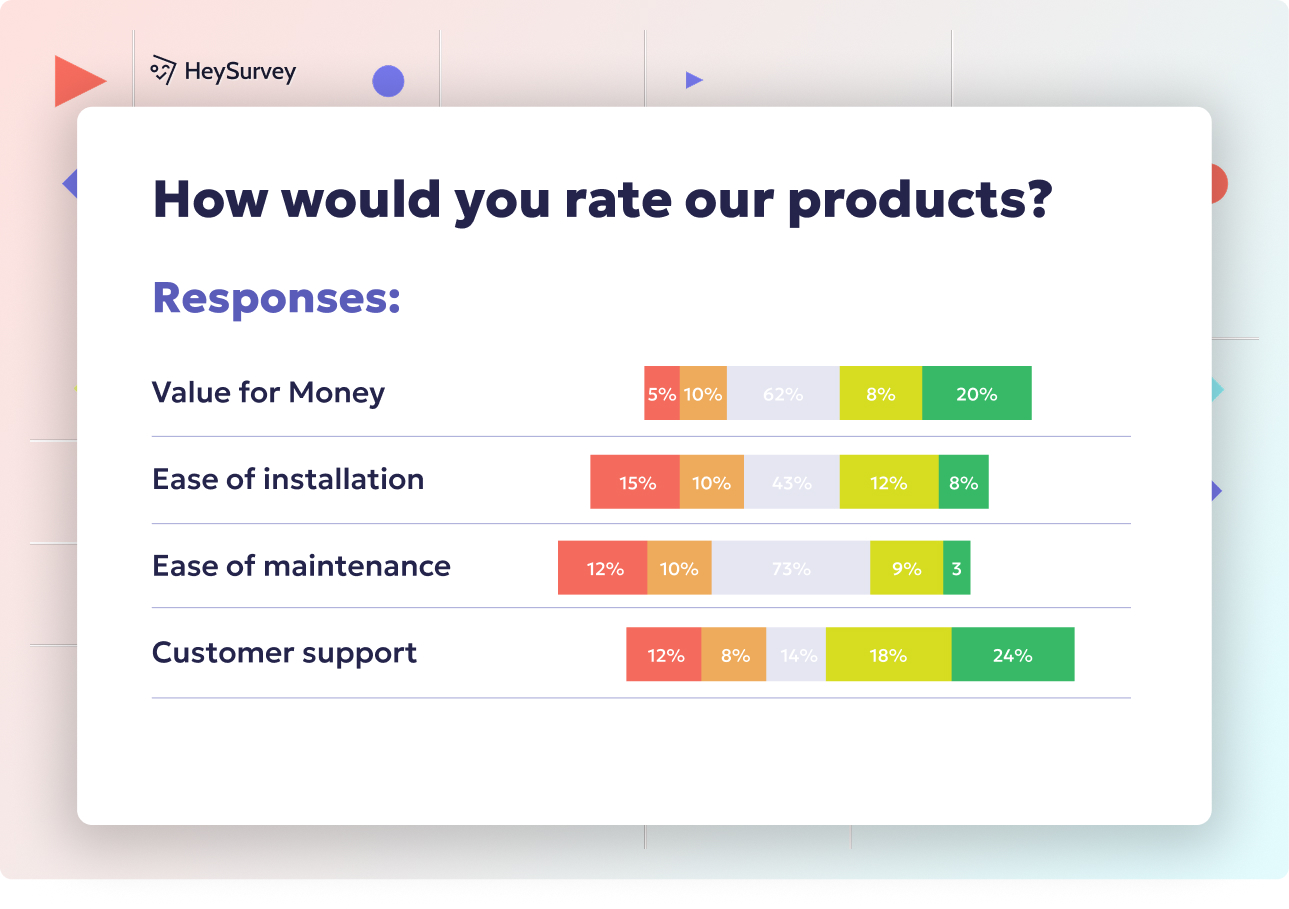
Creating a change readiness survey with HeySurvey is surprisingly simple—even if you’re new to this platform. Just follow these 3 easy steps to get your survey up and running quickly, plus a few bonus tips to make your survey truly shine.
Step 1: Create a New Survey
- Head over to HeySurvey’s homepage, and click Create Survey.
- You can start from scratch with an Empty Sheet or grab a Pre-built Template tailored for change readiness surveys (pro tip: use the button below the instructions here to open a relevant template instantly).
- Name your survey clearly (e.g., Change Readiness Check-In) so you can find it later without a treasure map.
- Once started, you’ll land in the Survey Editor, your new control center for crafting questions and shaping the flow.
Step 2: Add Your Questions
- Click the big shiny Add Question button at the top or between existing questions.
- Choose the question type that fits your desired insight:
- For measuring agreement, pick Scale and set it to Likert style.
- Use Choice for multiple choice categorisation questions.
- Grab Text for open-ended, free-text responses.
- Want emotional tone? Use Scale again and label it for semantic differential (like “Confident” to “Anxious”).
- Enter your question text, add descriptions if needed, and fill in options or scale settings.
- Don’t forget to mark important questions as Required to keep those honest answers flowing.
- Use the Duplicate feature for faster question creation if you’ve got a bunch similar in style.
- Spice things up by adding images from HeySurvey’s libraries or uploading your own to make your survey sparkle.
Step 3: Preview & Publish Your Survey
- Hit the Preview button to see exactly how your survey looks to respondents. Make adjustments on the fly if needed.
- When you’re happy, click Publish. You’ll need an account to publish surveys and access responses, so sign up if you haven’t yet.
- Grab your survey link, embed it on your intranet, or share it right with your team by email or chat.
- Responses start rolling in—easy peasy!
Bonus Step 1: Apply Your Branding
- Boost survey credibility and recognition by uploading your company logo to the top left corner.
- Open the Designer Sidebar to choose colors, fonts, and backgrounds that match your organization’s style.
- Customize question cards and layouts to make the survey feel less like a chore and more like a friendly chat.
Bonus Step 2: Define Survey Settings
- Use the Settings Panel to set start and end dates—perfect for keeping your survey open exactly when you want.
- Limit the number of responses if you want to gather a manageable batch of feedback.
- Add a redirect URL so that after completion, respondents can be sent to a thank-you page, intranet portal, or next step.
- Enable result viewing if you want participants to see aggregate feedback in charts immediately—fair warning, this works best with questions that have fixed answer sets.
Bonus Step 3: Skip Into Branches
- Add some interactive magic by defining branching logic that guides survey-takers based on their previous answers.
- For example, if someone feels unprepared in a Likert question, you can direct them to additional support questions or resources.
- Set up multiple endings to customize the final message or call to action for different respondent groups.
- Branching helps keep your survey relevant, concise, and engaging, avoiding irrelevant questions that bore or confuse.
With HeySurvey’s user-friendly interface and rich features, you’ll be uncovering valuable change readiness insights in no time. Ready to start? Click the button below to open a perfect change readiness survey template and get creating!
Semantic Differential (Polar-Opposite) Questions
Why & When to Use
It’s one thing to know if people agree with a change; it’s another to know exactly how they feel about it. Semantic differential questions use pairs of adjectives (“Excited –– Anxious”) to capture those in-between shades that regular scales miss.
These are ideal when you want to: - Surface emotional tone (are people feeling hopeful or dreading what’s next?). - Make subtle attitudes pop—for instance, between teams, locations, or job roles. - Compare how a new hire’s optimism differs from a ten-year veteran’s skepticism. - Break routine and add a more human touch to your survey.
This style is refreshing and captures the less obvious, gut-level reactions that standard statements gloss over.
5+ Sample Questions
- Confident –– Anxious
- Supported –– Isolated
- Excited –– Reluctant
- Informed –– Confused
- Valued –– Overlooked
- Hopeful –– Cynical
Semantic differential scales avoid monotony and get honest answers about vibes and feelings. Just remind folks, there are no right or wrong answers—only the truth between the extremes.
Semantic differential scales effectively capture nuanced emotional attitudes toward change, providing deeper insights than traditional Likert scales. (sciencedirect.com)
Multiple-Choice Categorisation Questions
Why & When to Use
Sometimes, you want a clear snapshot of what people know, need, or expect—the multiple-choice question is your trusty sidekick here. Rather than opinions, these questions pin down facts, preferences, or worries in neat categories.
Deploy these when you need to: - Identify priority training topics (e.g., does the finance or IT toolkit need urgent help?). - Discover which departments anticipate the biggest impact. - Uncover who’s clear on the timeline versus those still lost. - Efficiently summarise resource needs across a large workforce.
Multiple-choice is just right for tracking real knowledge gaps or ensuring everyone’s on the same page (or not!).
5+ Sample Questions
- Which area will this change affect you the most? (Options: Daily tasks, Tools/technology, Team structure, Customer interaction, Other)
- What’s your preferred way to receive updates? (Options: Email, Meetings, Team chat, Intranet, Other)
- Do you know where to find support resources? (Options: Yes, No, Not sure)
- Which of the following topics would you like more training on? (Options: New systems, Change process, Communication skills, Leadership, Other)
- How confident are you in explaining the change to someone else? (Options: Very confident, Somewhat confident, Not at all confident)
- What’s your biggest concern about this change? (Options: Job security, Training, Workload, Communication, Unclear benefits, Other)
Use multiple-choice categorisation questions to map out the landscape. The “other” option is golden—don’t leave good insights stranded outside your fixed choices!
Open-Ended Exploratory Questions
Why & When to Use
Open-ended questions turn surveys from mere checklists into conversations. There’s no better way to discover rich stories, personal worries, or fresh ideas than by giving people space to write what’s on their minds.
Bring these out when you want to: - Uncover unknown barriers or hidden enablers that you’d never think to ask about. - Invite creativity and suggestions for improvement. - Generate direct quotes that can help win over leadership or design focus groups. - Get emotional nuance in people’s own words—no box-ticking required.
These responses are messier to analyse, yes, but their payoff in depth and authenticity is huge.
5+ Sample Questions
- What is your biggest concern as we make this change?
- What support, training, or information would help you feel more ready?
- Share an example of a past change that went well, and why.
- What’s one thing you wish leadership understood about how this change affects your role?
- How could communication about this initiative be improved?
- What would make this change process easier for you and your team?
Open-ended exploratory questions make people feel heard and respected. Mix them in sparingly — long lists can be draining, but three or four thoughtfully placed questions can open doors you didn’t know were there.
Open-ended questions in change readiness surveys can uncover unforeseen reactions and provide deeper insights into employees' experiences during organizational change. (emerald.com)
Scenario-Based Situational Questions
Why & When to Use
Scenario-based situational questions drop your respondents straight into realistic mini-dramas. By asking people how they’d react to practice situations, you can see not just what they think—but what they might do when the change is real.
Use these when you want to: - Test behavioural intent and practical readiness—can people walk the talk? - Forecast snags and resistance points before they become real problems. - Show leaders whether the new training or messaging is sticking. - Encourage people to imagine themselves navigating the change, which helps combat inertia.
This is great for change projects where procedures, customer interactions, or compliance are on the line.
5+ Sample Questions
- If a customer asks you about the new process and you’re unsure how to respond, what would you do?
- Imagine a teammate is resisting the change—how might you support them?
- If you notice a bottleneck using the new system, how would you report or resolve it?
- In the first week after launch, you feel overwhelmed. What steps would you take?
- If you hear office rumours contradicting official communication, how would you handle it?
- When asked to train someone else on the new process, how would you approach this?
Scenario-based situational questions surface readiness gaps that numbers alone never reveal. They also help people mentally rehearse navigating challenges, which can reduce anxiety by making the unknown a bit more familiar.
Ranking & Prioritisation Questions
Why & When to Use
There’s only so much time, money, and energy to go around during a change. Ranking and prioritisation questions put your people in the driver’s seat: What really matters most, right now?
Use these for: - Focusing change management resources on what employees feel is most urgent. - Sorting risks, barriers, or training needs into a pecking order. - Creating heat maps of influence—who wants what, and where. - Revealing clashes between manager and employee views—so you can fix them before they flare up.
Simple to answer, but gold for planning.
5+ Sample Questions
- Rank the following challenges in order of most to least concern: Communication, Training, Technology, Leadership, Team morale.
- Put these training topics in the order you’d find most valuable: Change process, New tools, Customer service, Leadership skills.
- Which resources do you rely on most during change? Please rank: Intranet, Teammates, Managers, External vendors.
- Prioritise the impacts you expect from this change: Workflow disruption, New skills required, Customer impact, Efficiency improvements.
- Order these types of support from most useful to least: One-on-one coaching, Group workshops, Written guides, Online videos.
- What should leadership focus on next? Please rank: Communication, Recognition, Training, Feedback opportunities, Resource allocation.
Ranking and prioritisation questions quickly show where the biggest fires—and opportunities—are. They play well with senior leaders who need to know what to fix (or fund) first.
Demographic & Role-Based Segmentation Questions
Why & When to Use
Not all teams, roles, or locations will greet change with the same mood. Role-based and demographic segmentation questions let you slice and dice responses, making it possible to spot where support or resistance clusters.
Turn to these questions to: - Compare readiness across groups—see if managers, long-timers, or remote staff need extra attention. - Reveal hidden champions (or critics!) by department, location, or tenure. - Cross-analyse attitudes through multiple lenses, leading to more tailored interventions. - Report back to leaders with clarity on precisely who needs what.
The insights here help shape targeted communication, training, and resources with precision.
5+ Sample Questions
- What is your current role? (Options: Individual contributor, Team lead, Manager, Director, Executive)
- How long have you been with the company? (Options: <1 year, 1-3 years, 3-5 years, 5+ years)
- What is your department? (Options: Sales, Marketing, IT, HR, Operations, Other)
- Which office/location do you primarily work from?
- How much experience do you have with similar changes? (Options: None, Some, Extensive)
- Are you remote, onsite, or hybrid?
Demographic and segmentation questions do the heavy lifting for tailored support. Just remember: anonymise results so people feel safe answering honestly.
Confidence & Self-Efficacy Scale Questions
Why & When to Use
Change doesn’t happen if people don’t believe they can make it. Confidence and self-efficacy questions focus on the quiet, powerful variable that predicts if someone will adopt a new tool, stick with it, or ask for help.
Bring these into play when you want to: - Predict training and support needs—see who’s set for success vs. who’s likely to stumble. - Monitor improvements in self-confidence as people settle into new ways of working. - Encourage reflection (“Do I really think I can do this?”) which makes people get real. - Offer a post-change check that goes beyond “Did it work?” to “Does it still feel do-able?”.
They’re easy to blend into other formats, but deserve their own spotlight due to their predictive power.
5+ Sample Questions
- How confident are you in your ability to use the new technology or system?
- Do you feel capable of supporting others through this change?
- How well-equipped are you to handle unexpected challenges during the transition?
- I believe I can learn and adapt to these new responsibilities. (Scale: Strongly Disagree to Strongly Agree)
- I am comfortable seeking help if I encounter difficulties with the change.
- I trust my skills will transfer successfully to the new process.
Confidence and self-efficacy scales are like checking the fuel gauge before a long road trip—vital to make sure everyone is ready for the journey, not just along for the ride.
Best Practices, Dos & Don’ts for Change Readiness Surveys
Change readiness surveys are powerful only when designed and delivered wisely. Best practices matter more than flashy question types—they determine whether you get honest, useful feedback or a muddled mess.
Follow these dos for impactful surveys: - Keep it concise: Aim for a manageable length so people don’t drop out halfway. - Ensure anonymity: People are more candid when they trust their answers are private. - Pilot test your survey: Try it with a small group for clarity and timing. - Use plain, easy language: If you need a dictionary, your survey’s too complex. - Time it right: Run surveys before, during, and after change for a complete picture. - Communicate follow-ups: Tell people how you’ll use the results and what actions you’ll take.
Avoid these common pitfalls: - Don't overload with leading or biased questions—they nudge people towards answers you want, not what’s real. - Don’t ignore feedback loops: If you ask for input, act on it, or at least explain why you can’t. - Don't forget to segment the data: Lumped together, insights can lose detail. - Don’t drown in data: Prioritise action over analysis.
Survey best practices turn tricky change moments into confident, supported journeys for everyone involved.
Delivering a change readiness survey isn’t just about data—it’s about trust, listening, and partnership. Collect answers, respond thoughtfully, and celebrate the feedback you receive. Blend these question types wisely, and you’ll do more than “measure readiness”—you’ll fuel success every step of the way.
Related Employee Survey Surveys
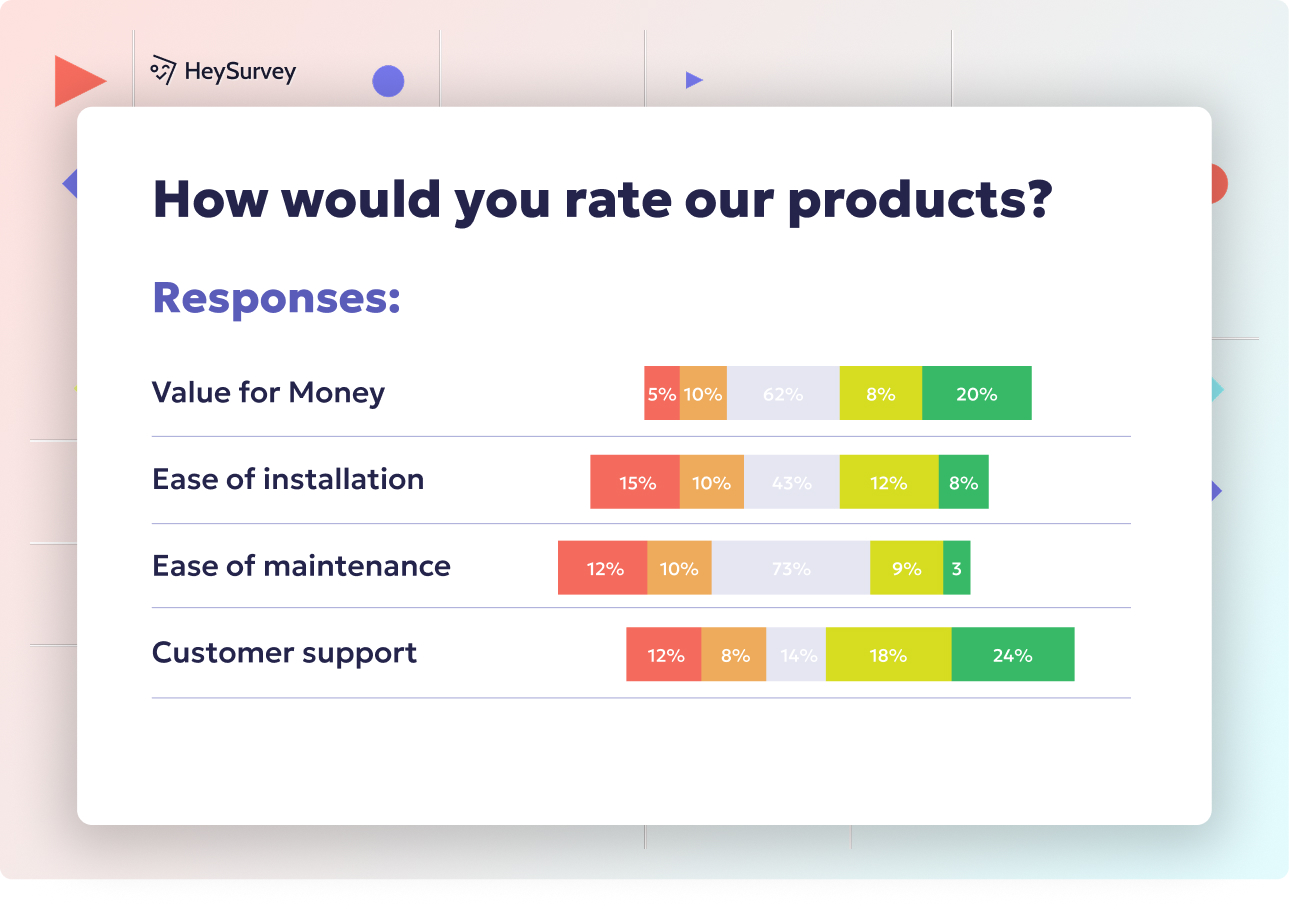
29 Essential Post Mortem Survey Questions for Project Success
Discover 25+ essential post mortem survey questions to improve projects, boost team morale, and d...
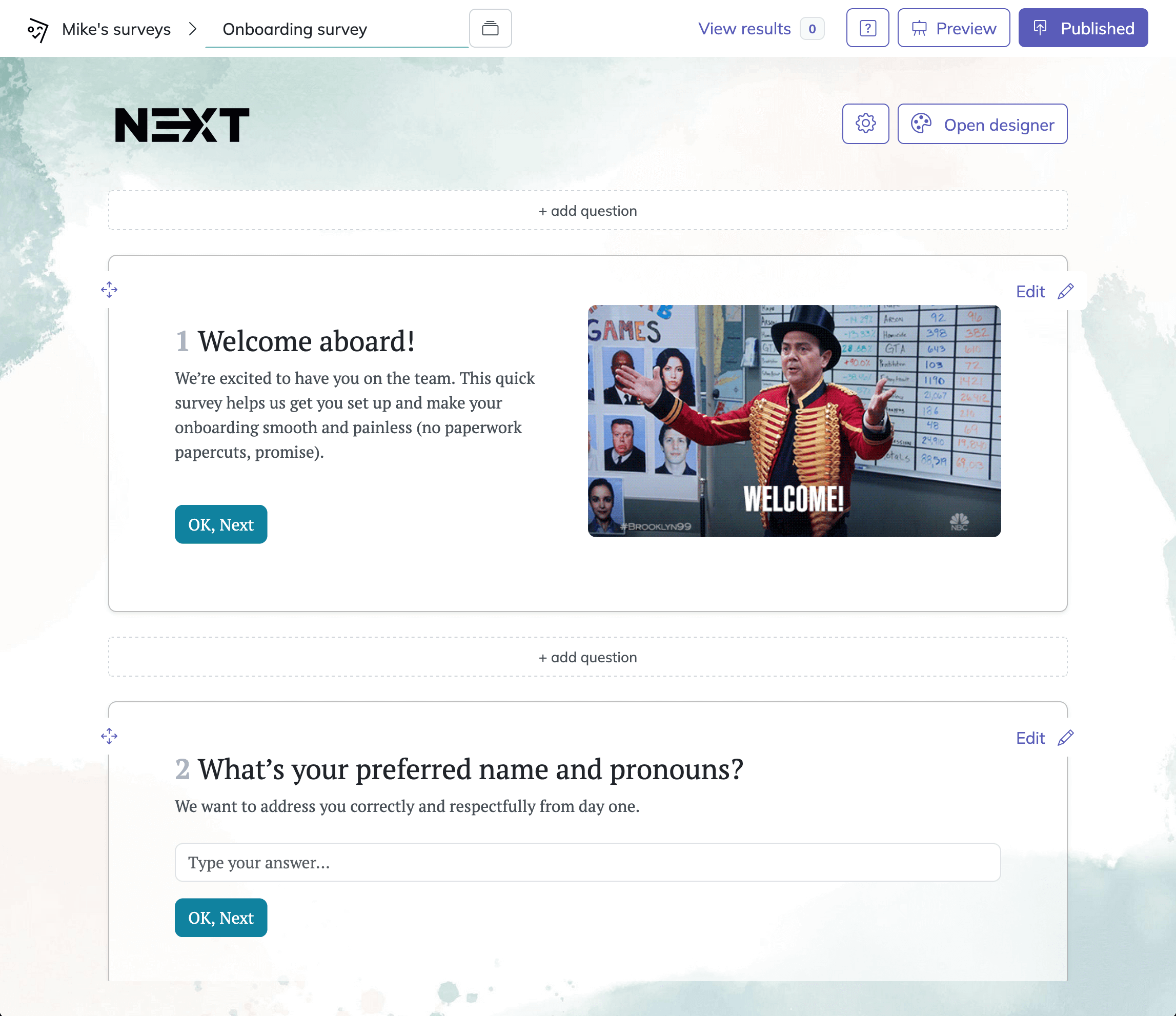
31 Retreat Survey Questions to Collect Actionable Feedback
Discover 26 essential retreat survey questions to gather actionable feedback before, during, and ...
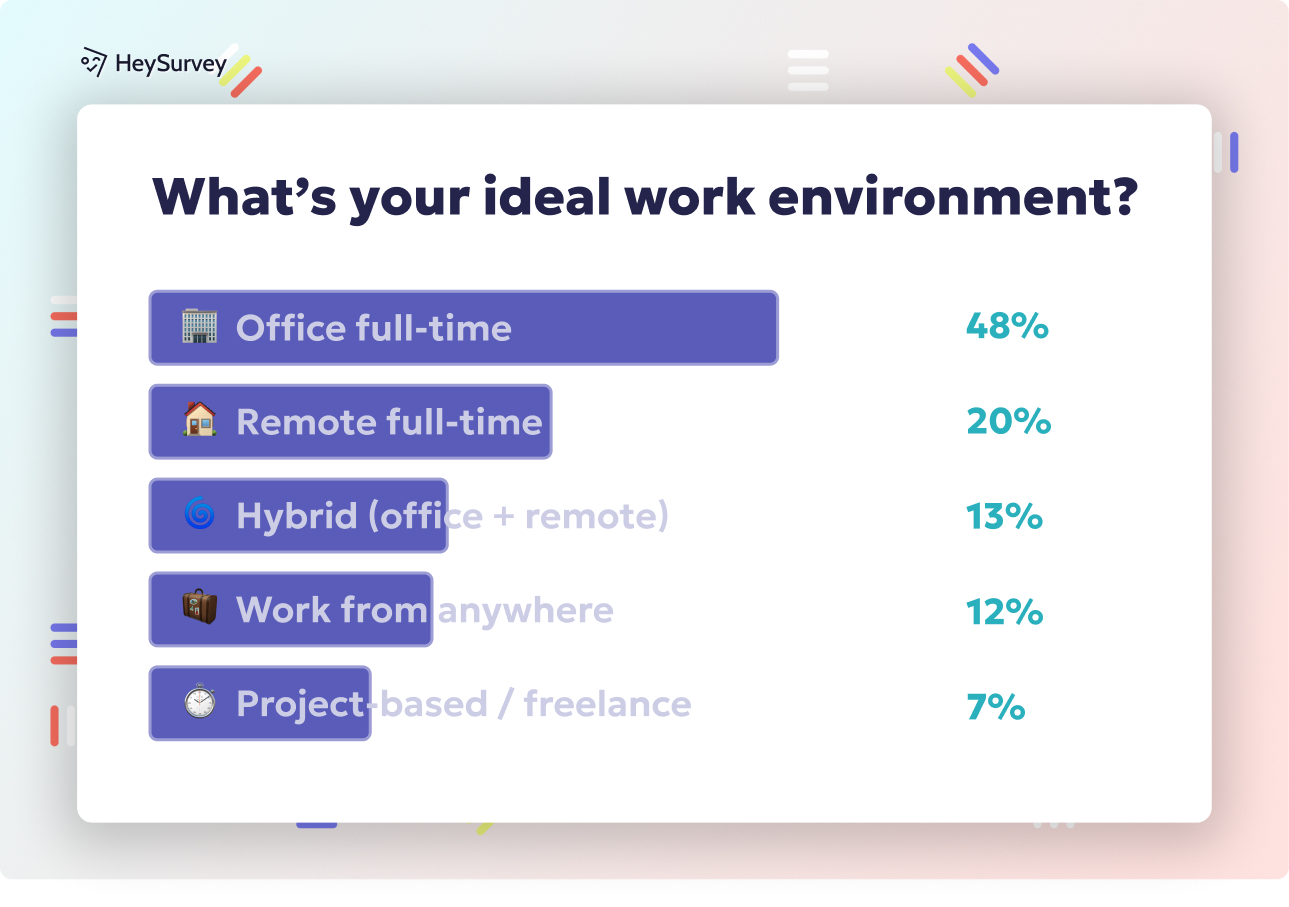
25 Phishing Survey Questions to Boost Employee Awareness
Discover 30+ expert phishing survey questions across 7 types designed to boost employee phishing ...
